The remote villages of the Himalayas have been a rare opportunity in this digital
connectivity-dominated era to disconnect and rediscover simple joys in life. Hidden
among towering peaks and pristine valleys, these gems provide the perfect setting
for your digital detox journey.
From ancient monasteries to traditional ways of life that have remained unchanged
for centuries, these villages present authentic tales of seeking escape from the
modern world’s constant digital buzz.
Lachung, North Sikkim
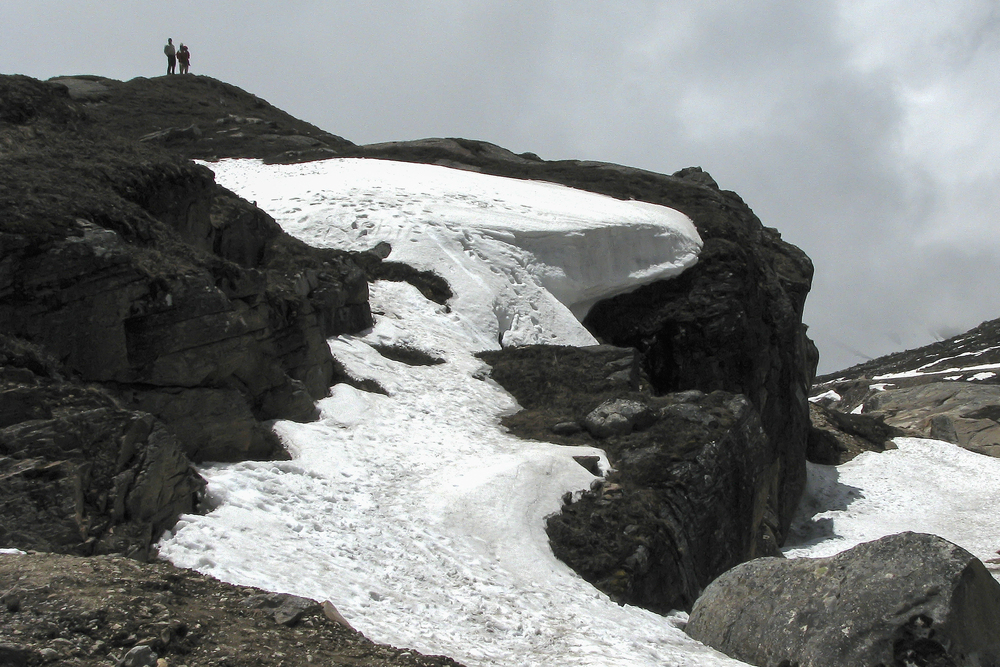
This charming village sits at an elevation of 8,610 feet, where traditional Sikkimese
architecture blends seamlessly with the natural landscape. The local Lachungpa
community maintains its ancestral traditions while offering warm hospitality to visitors
seeking solitude.
Surrounded by apple orchards and pristine streams, Lachung transforms each season from rhododendron-covered springs to snow-laden winters. The village’s unique self-governing body, the Dzumsa, ensures the preservation of local culture and sustainable tourism practices.
Chitkul, Himachal Pradesh
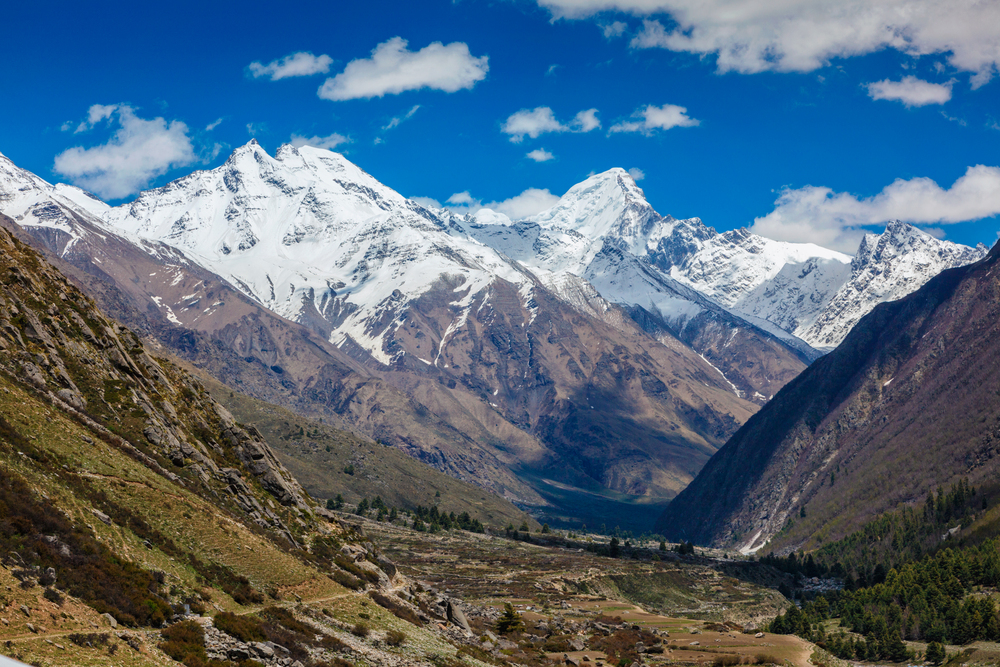
As the last inhabited village near the Indo-Tibet border, Chitkul stands as a
testament to the resilience of mountain communities. The village’s wooden houses
with slate roofs reflect traditional Kinnauri architecture, while prayer flags flutter in the
crisp mountain breeze.
At 11,320 feet, the village offers stunning views of the Baspa River and surrounding peaks. The local potato farms and shepherding traditions provide glimpses into a self-sustaining lifestyle that has endured for generations.
Like Travel Pug’s content? Follow us on MSN.
Mana, Uttarakhand
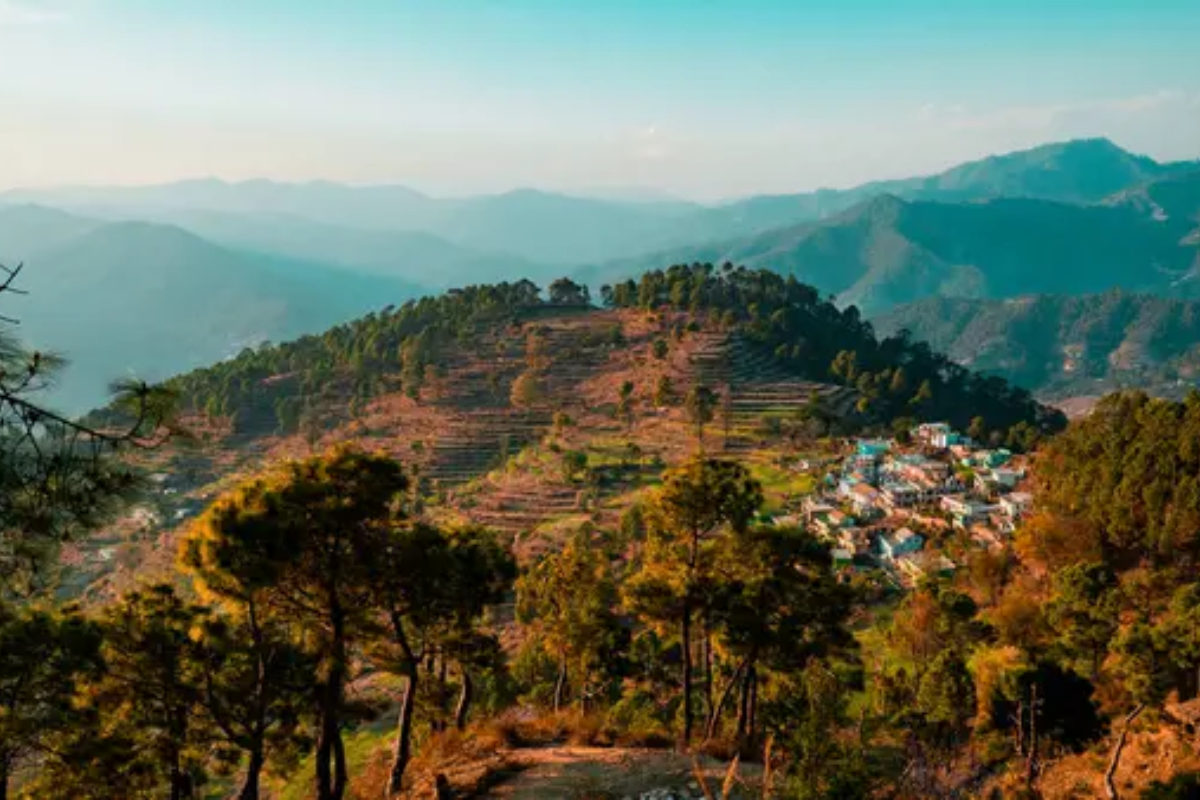
This village at the foot of Mana Pass boasts the distinction of India’s last village
before the Tibet border. Ancient temples and caves, part of the Mahabharata epic,
pepper the landscape with a mystical feel to the surroundings.
The village stone houses and narrow lanes continue centuries-old architectural traditions. The local artisans are still weaving the traditional woolen shawls and making bamboo artifacts to keep up the ancestral crafts.
Turtuk, Ladakh
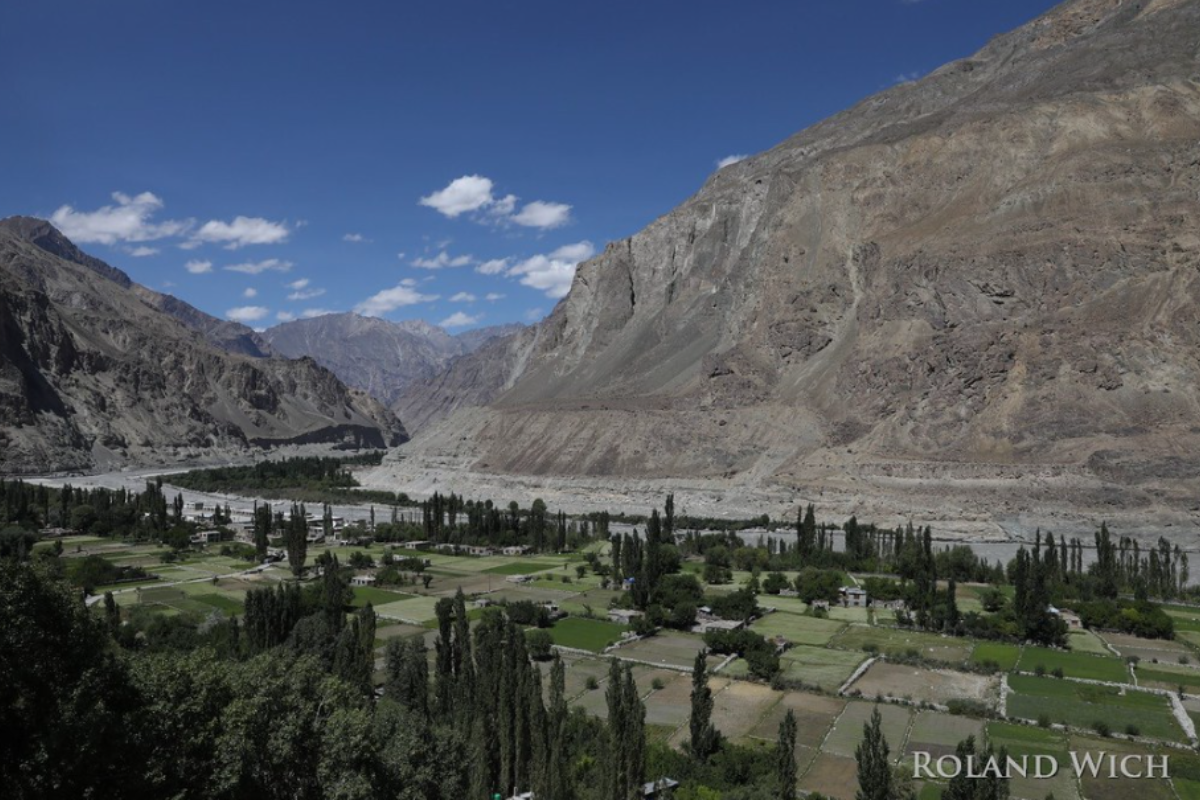
Only opened to tourism in 2010, this hidden paradise presents a unique glimpse of
Balti culture and traditions. Located at 10,000 feet in Nubra Valley, the Turtuk
terraced fields and apricot orchards starkly contrast with the arid desert surrounding
them.
The ancient Silk Route, along which it is located, influenced its culture, cuisine, and architecture. Local families still follow traditional farming practices and handicrafts.
Nako, Himachal Pradesh
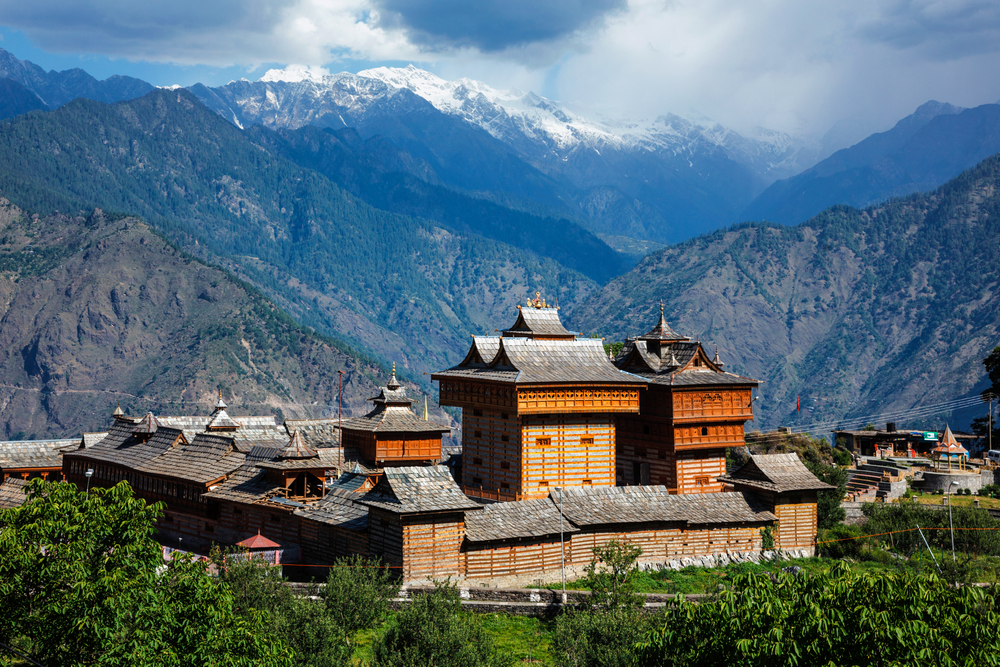
Perched at 12,000 feet, Nako village surrounds a sacred lake that reflects the
surrounding mountains like a mirror. The thousand-year-old monastery houses
precious Buddhist manuscripts and ancient murals that tell tales of spiritual journeys.
Authentic Kinnauri architecture dominates the village landscape, with houses built
using local stone and wood. The village’s isolation has helped preserve its traditional
way of life and customs.
Like Travel Pug’s content? Follow us on MSN.
Kalap, Uttarakhand
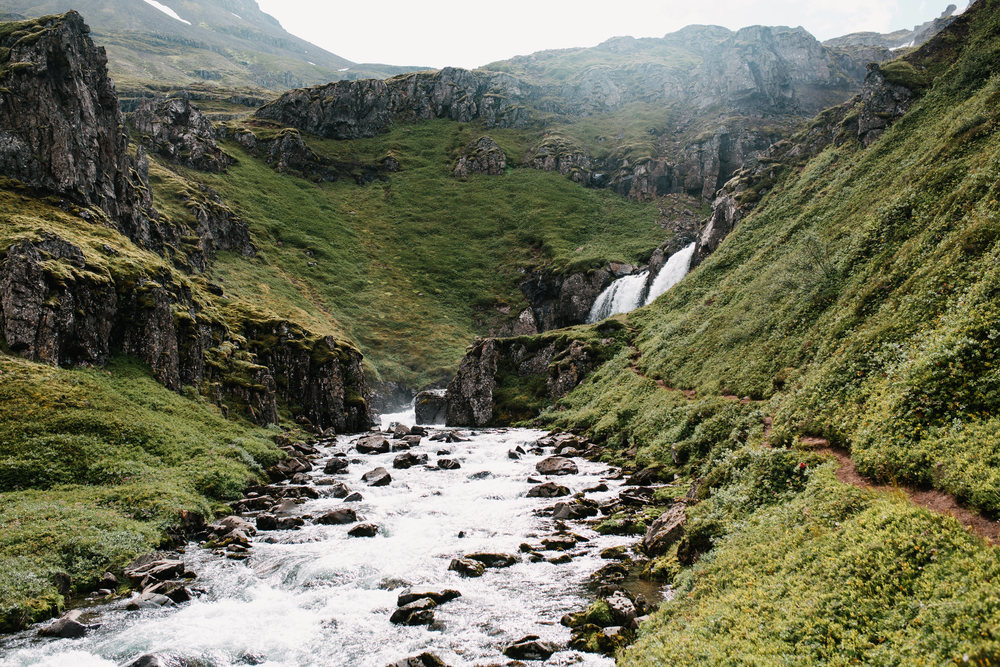
The small Himalayan village located at a height of 7,800 feet remains one of the
world’s least visited places. The food, agriculture, and herds mainly constitute the
local economy.
Ancient temples and folk stories keep the cultural heritage of the region alive. This provides valuable lessons from the sustainable lifestyle of the villagers on the path of minimal living and environmental conservation.
Mechuka, Arunachal Pradesh
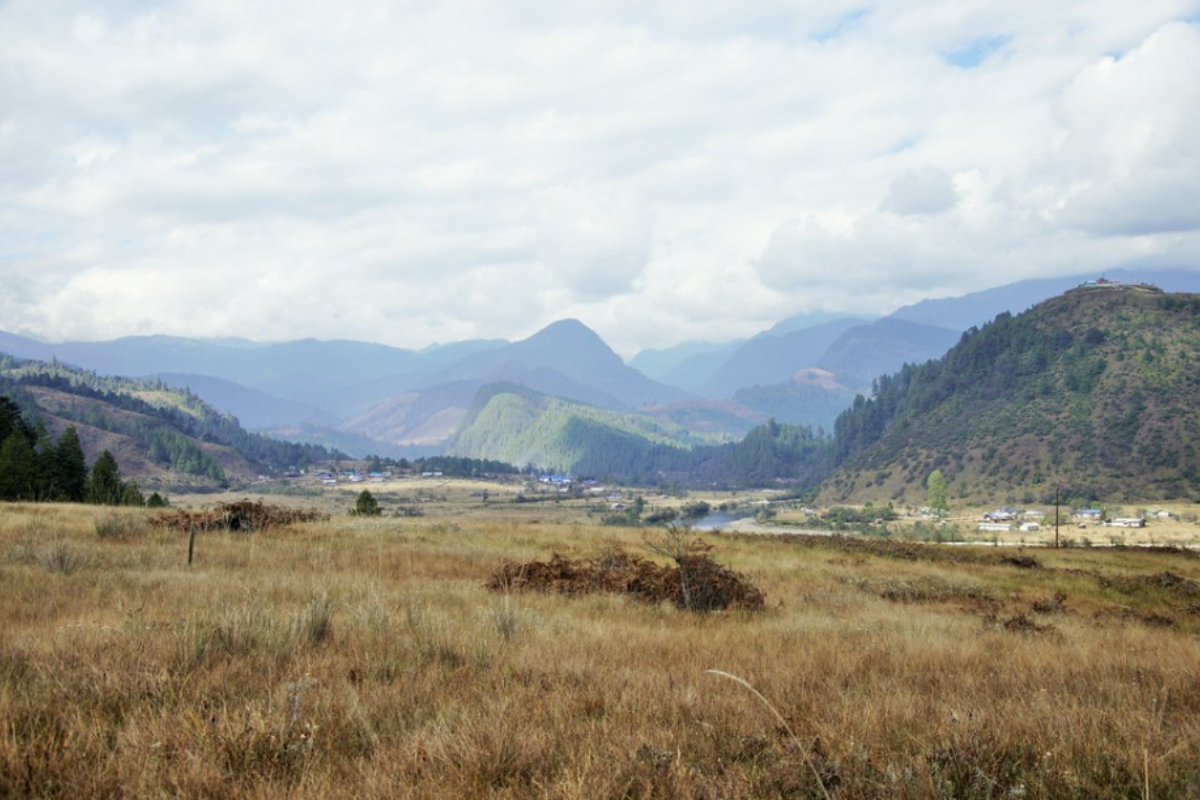
Tucked away in the West Siang district, this serene valley village reflects the unique
culture of the Memba tribe. Buddhist prayer flags and ancient monasteries create a
spiritual atmosphere throughout the settlement.
The village’s traditional houses built on stilts showcase unique architectural adaptations to mountain life. Local customs and festivals celebrate the deep connection between nature and community.
Chatpal, Kashmir
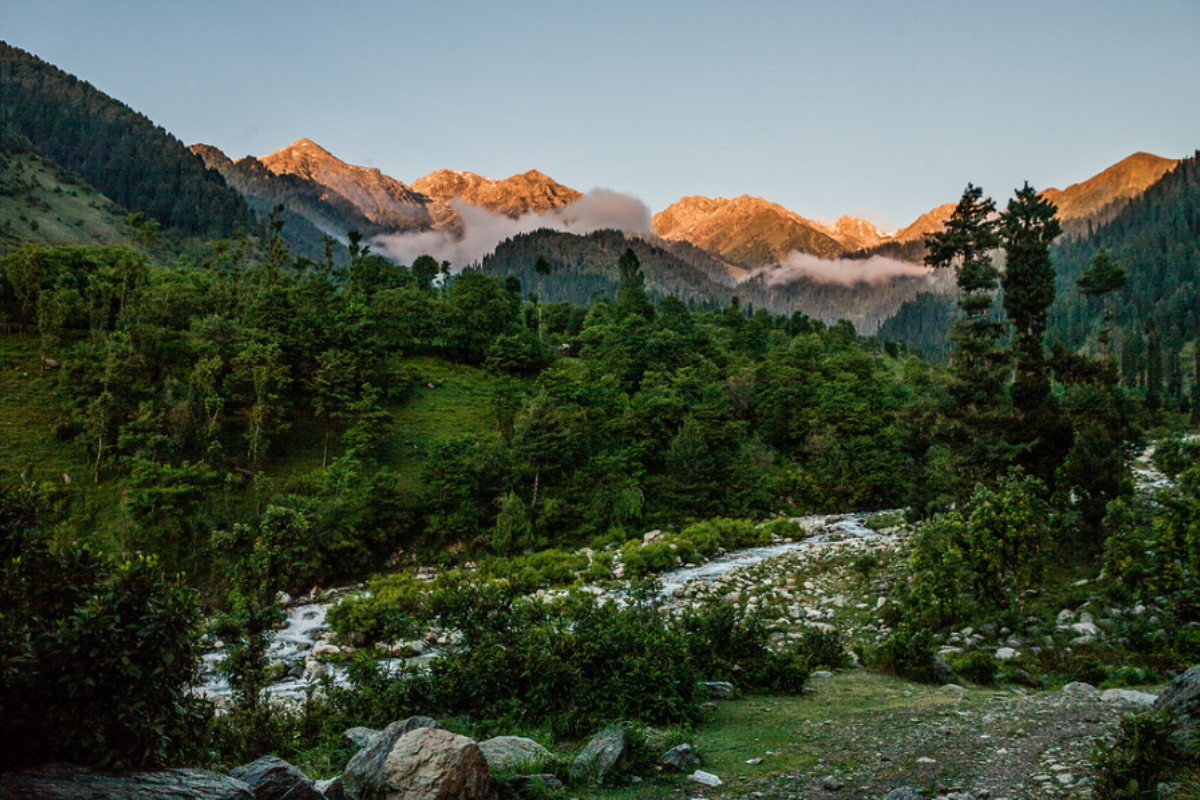
This undiscovered gem in South Kashmir’s Anantnag district offers pristine meadows
and dense pine forests. Traditional Kashmiri households maintain their distinctive
architectural style with wooden facades and intricate carvings.
The village’s location along mountain streams provides natural music that enhances the peaceful atmosphere. Local craft traditions include paper-mache work and carpet weaving.
Like Travel Pug’s content? Follow us on MSN.
Sandakphu, West Bengal
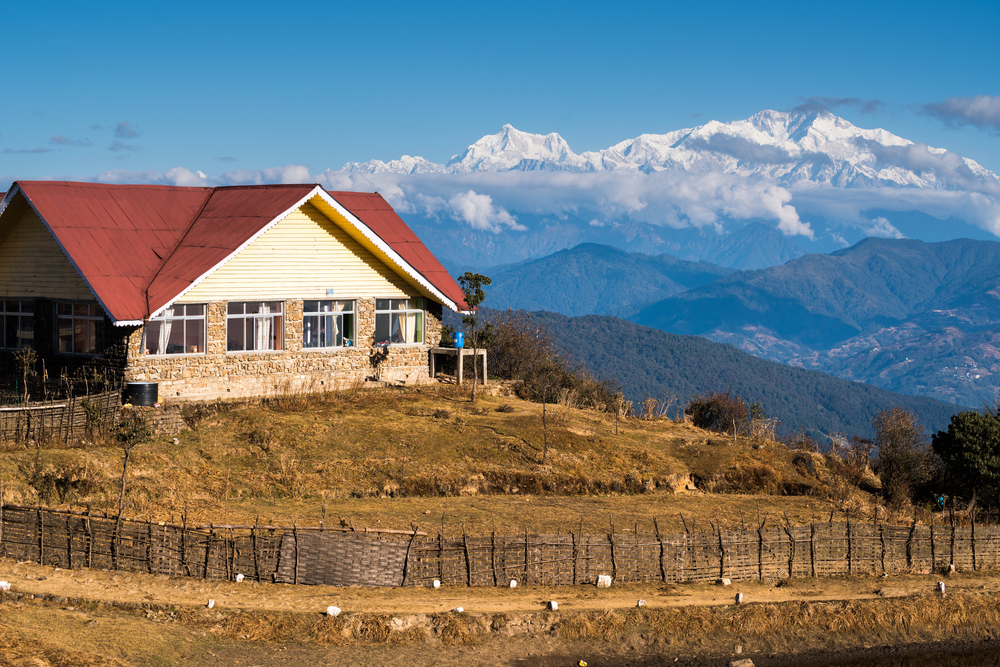
At 11,930 feet, Sandakphu is the highest village in West Bengal. It offers
unparalleled views of four of the world’s five highest peaks. The local Sherpa
community maintains its traditional lifestyle while serving as expert guides for
trekkers.
Mountain herbs and medicinal plants grow abundantly in the surrounding areas. The village serves as a gateway to the Singalila National Park.
Malana, Himachal Pradesh
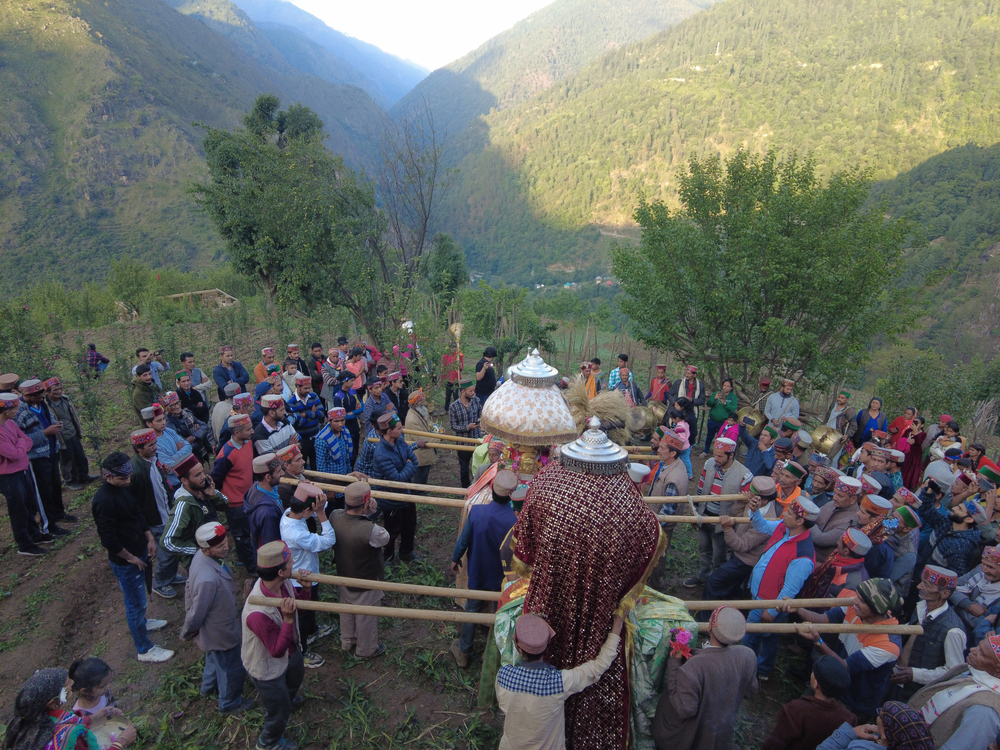
Known for following ancient traditions, this isolated village has its own parliamentary
system. The architecture is famous for the alternate layers of stone and wood used
in building houses.
The local traditions and beliefs haven’t changed in centuries in this place. Mountaineering shots from the village can be seen here. It is located in the Parvati Valley.
Roing, Arunachal Pradesh
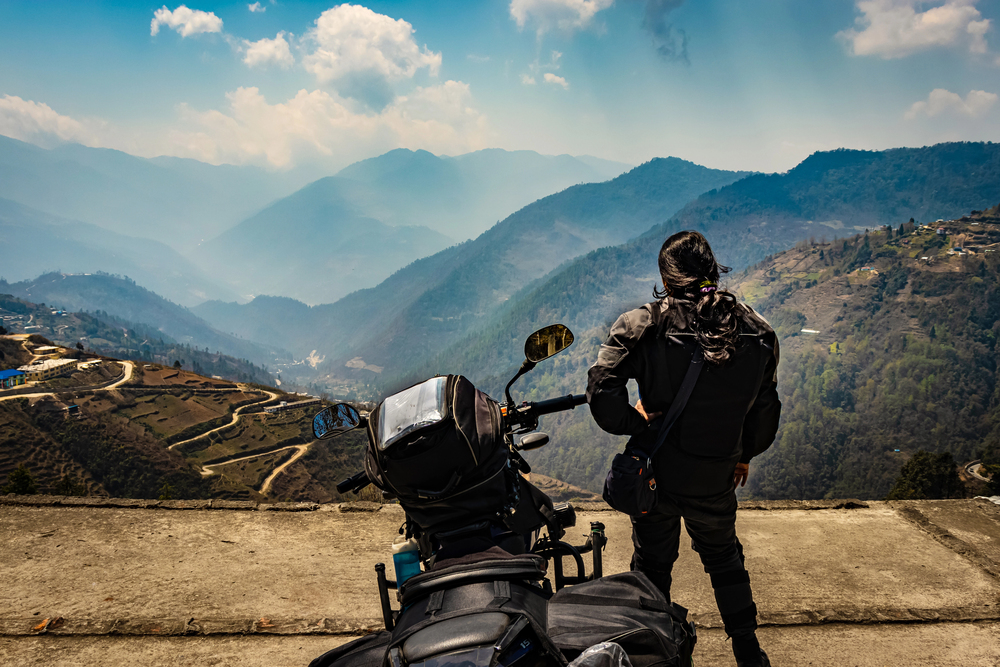
This village in the Lower Dibang Valley showcases the rich cultural heritage of the
Idu Mishmi tribe. Traditional bamboo houses and community halls reflect sustainable
building practices that have evolved over generations.
The surrounding forests house rare medicinal plants and diverse wildlife species. Local weaving traditions produce distinctive textiles with geometric patterns.
Like Travel Pug’s content? Follow us on MSN.
Zangla, Ladakh
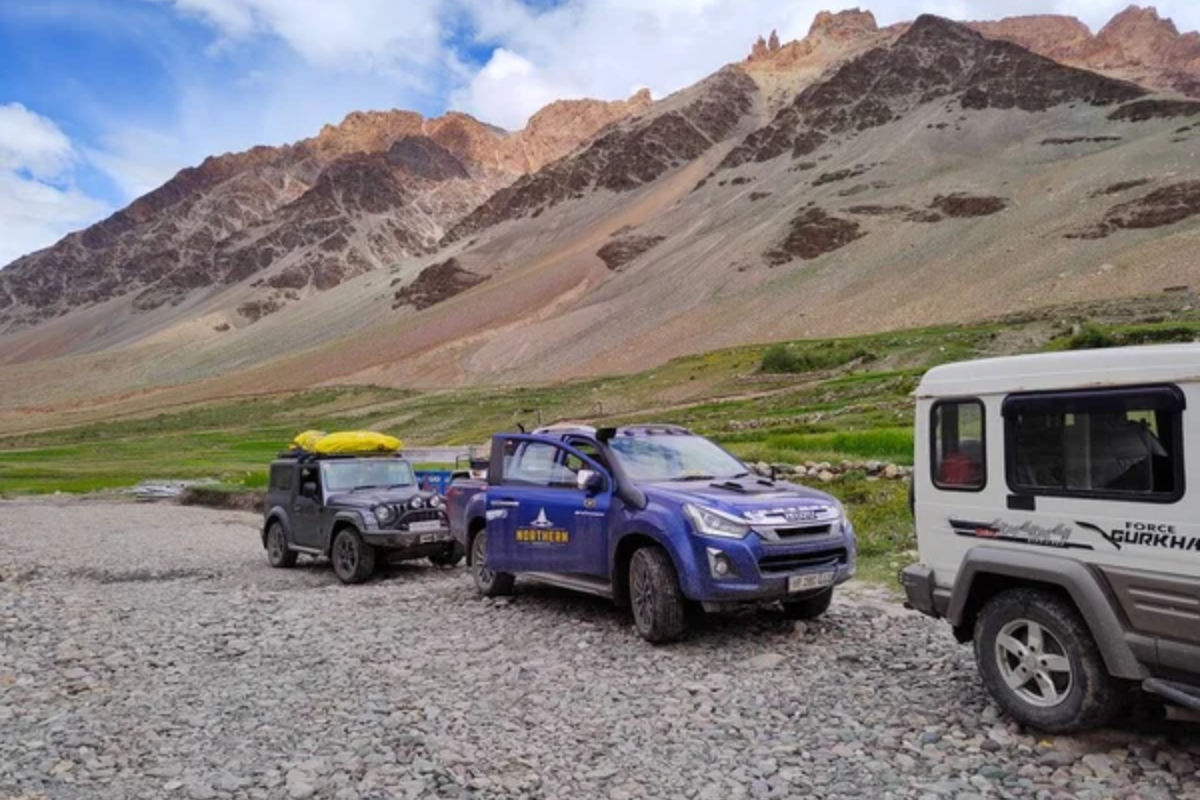
This small village was the capital of the ancient Zangla kingdom and preserved all
royal traditions through its ruined palaces and monasteries. Traditional mud-brick
architecture is a wonderful adaptation to the mountainous climate.
The village’s remote location has helped keep its original Ladakhi customs and traditions alive. Local festivals and Buddhist sermons are held during the agricultural cycles.
Latoda, Uttarakhand

This village is in the Pithoragarh district and offers stunning views of the Panchachuli
peaks. Traditional stone houses with slate roofs dot the terraced hillsides, creating a
picturesque landscape.
The village maintains ancient water management systems through natural springs. Local agricultural practices include cultivating native grain varieties.
Yuksom, Sikkim
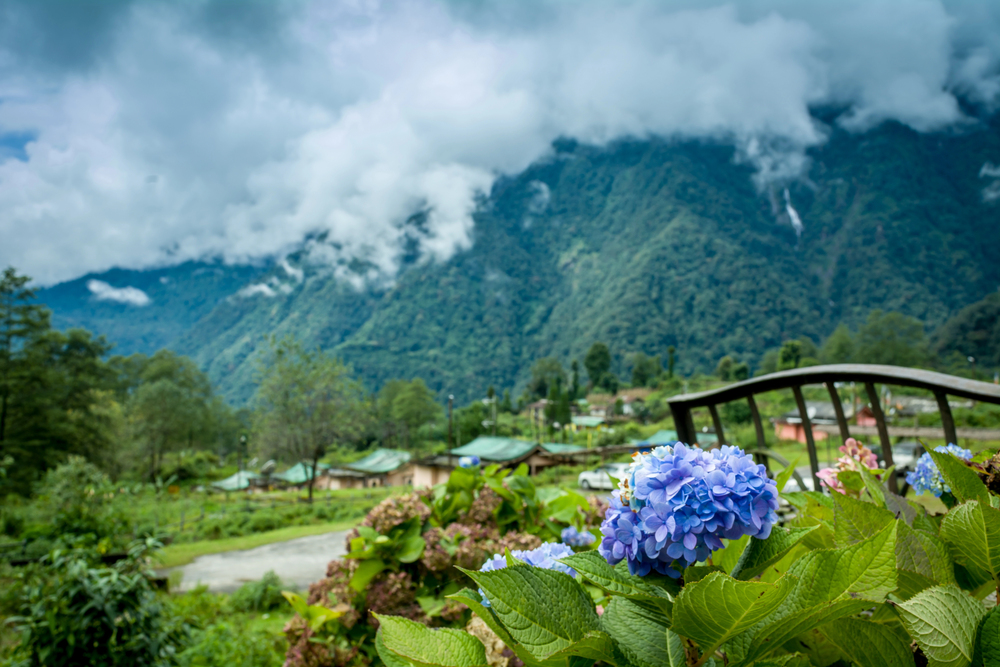
As Sikkim’s first capital, this historic village maintains its significance as a cultural
heritage site. The ancient coronation site of Sikkim’s first monarch adds historical
depth to the village atmosphere.
Traditional Sikkimese architecture and customs remain well-preserved in daily life. Local monasteries continue age-old Buddhist practices and ceremonies.
Like Travel Pug’s content? Follow us on MSN.
Kibber, Himachal Pradesh
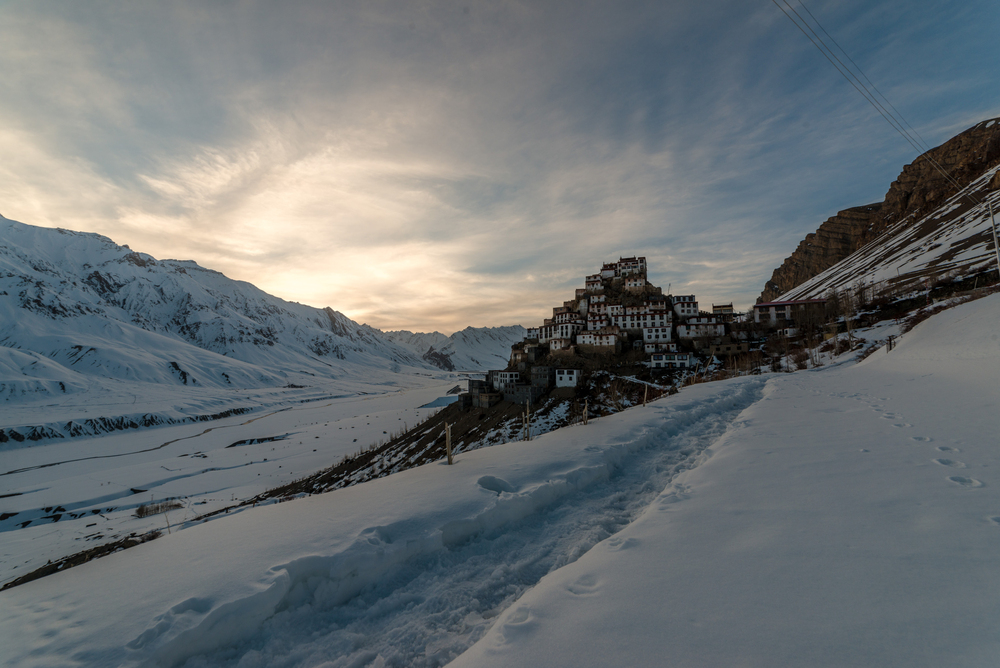
At 14,200 feet, this high-altitude village in Spiti Valley showcases remarkable human
adaptation to extreme conditions. Traditional homes built with stone and mud provide
natural insulation against severe winters.
The village’s proximity to the Ki Monastery creates a spiritual atmosphere. Local farmers maintain traditional practices of growing high-altitude crops.
Finding Peace in Himalayan Simplicity
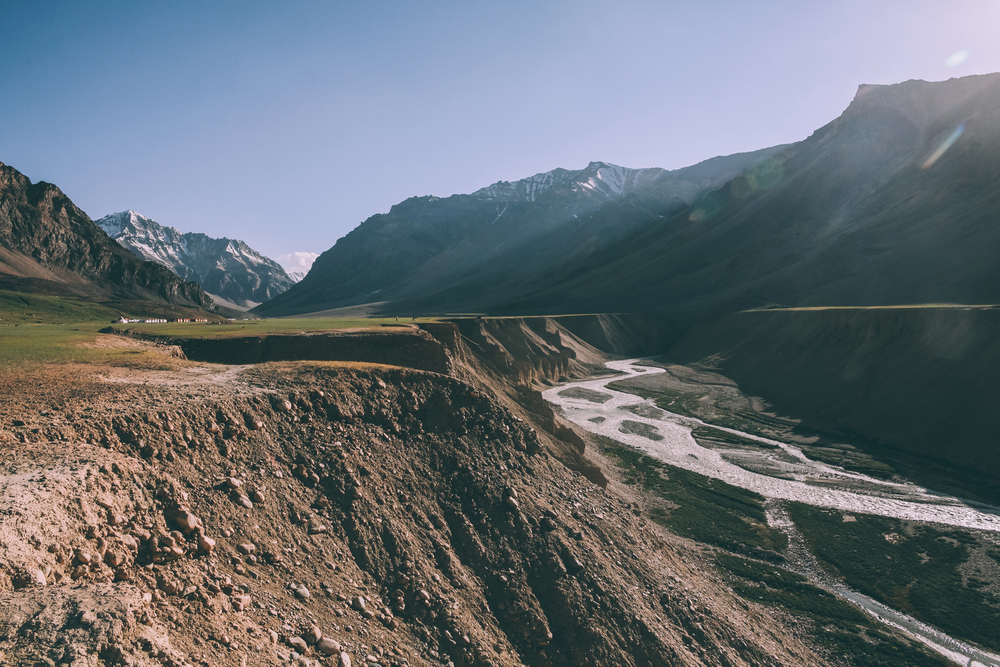
These Himalayan villages offer more than just a break from technology – they
provide a window into sustainable, community-centered ways of life that have
endured for centuries. Each village presents unique opportunities to experience the
Himalayas’ authentic culture, traditions, and natural beauty.
Whether you seek spiritual growth, cultural immersion, or simply a pause from the
digital world, these destinations promise transformative experiences that will leave
lasting impressions.
More from Travel Pug

- 15 Dangerous European Cities to Avoid
- 15 Caribbean Islands Where Tourists Keep Getting Scammed
- The 20 Most Fascinating Abandoned Places: A Journey Through Time and Forgotten Spaces
- 15 Hidden Places in the Smithsonian Museums Locals Love: A Guide to Lesser-Known Treasures
- 16 Hidden Florida Beach Towns That Aren’t Overrun with Tourists
Like Travel Pug’s content? Follow us on MSN.
